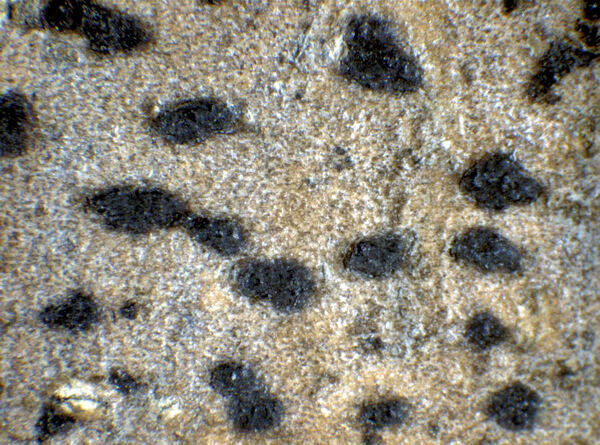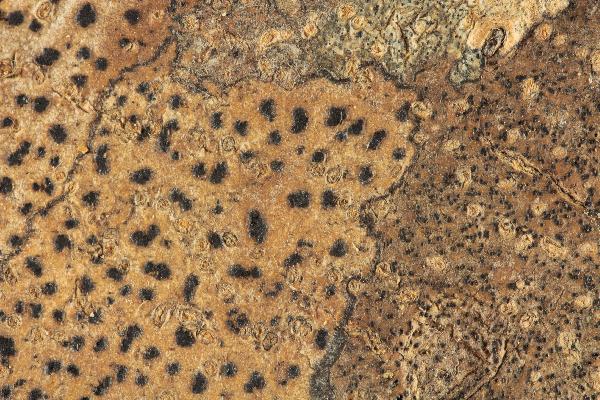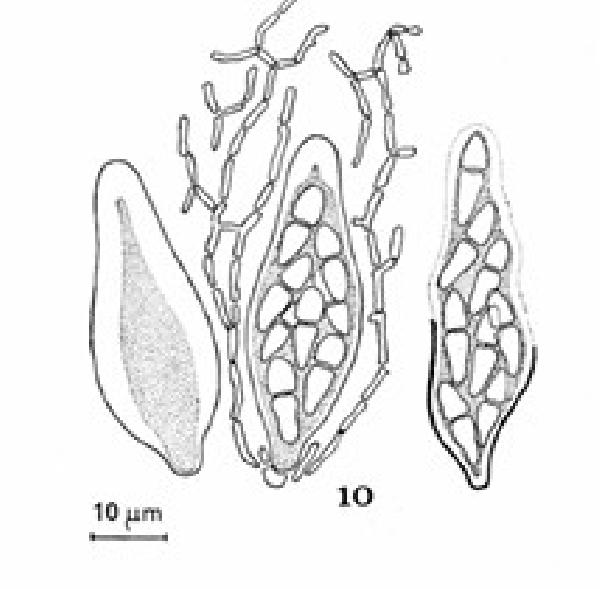Tomasellia arthonioides (A. Massal.) A. Massal.
Flora, 39: 284, 1856. Basionym: Arthopyrenia arthonioides A. Massal. - Ric. Auton. Lich. Crost.: 169, 1852.
Synonyms: Melanotheca arthonioides (A. Massal.) Nyl.; Pyrenula arthonioides (A. Massal.) Trevis.
Distribution: N - VG, Frl, Ven (Lazzarin 2000), TAA (Nascimbene & al. 2007b), Lomb, Piem (Isocrono & al. 2004), Emil, Lig. C - Tosc, Marc (Nimis & Tretiach 1999), Umb (Ravera 1998, Ravera & al. 2006), Laz (Nimis & Tretiach 2004), Abr (Caporale & al. 2016), Mol (Nimis & Tretiach 1999, Caporale & al. 2008). S - Camp (Aprile & al. 2003b, Nimis & Tretiach 2004, Garofalo & al. 2010), Pugl (Nimis & Tretiach 1999), Bas (Nimis & Tretiach 1999, Potenza 2006), Cal (Puntillo 1996, Puntillo & Puntillo 2004), Si (Nimis & al. 1994).
Description: Thallus crustose, not lichenized, endosubstratic, usually poorly evident, causing a slight bleaching of the bark, often delimited by a black line. Ascomata perithecioid, immersed into 0.4–1.3 mm long, 0.2–0.65 mm wide, 100–200 μm thick, dark brown to black, irregularly shaped pseudostromata covered in an overlying, black wall which is not continuous below the hamathecium, with 1-4 globose to subglobose locules, each with a centrally located ostiole. Hamathecium of 2-3 µm thick, branched, rarely anastomosing, non-amyloid pseudoparaphyses. Asci 8-spored, bitunicate, broadly clavate to elongate-subglobose, with an ocular chamber, and occasionally with a short-pedicel. Ascospores 1-septate, slightly constricted at septum, hyaline, elongate-ellipsoid, 10-15(-17) x 3–4.5(-5) µm, the cells of unequal size. Spot tests: all negative. Chemistry: without lichen substances.Note: a mild-temperate fungus, most frequent on the smooth bark of Fraxinus ornus in the submediterranean belt.
Growth form: Fungus
Substrata: bark
Reproductive strategy: mainly sexual
Pioneer species
Commonnes-rarity: (info)
Alpine belt: absent
Subalpine belt: absent
Oromediterranean belt: absent
Montane belt: absent
Submediterranean belt: rather rare
Padanian area: absent
Humid submediterranean belt: rather common
Humid mediterranean belt: rare
Dry mediterranean belt: absent
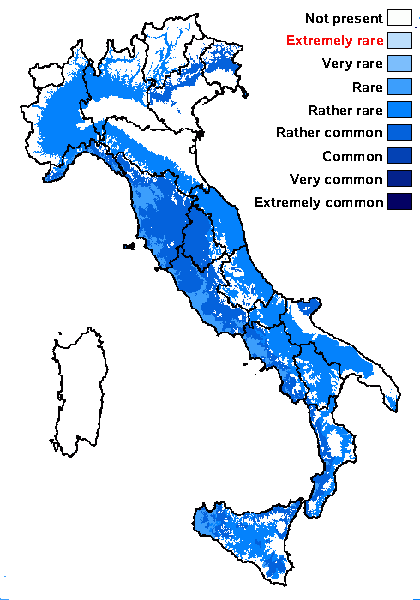
Predictive model
Herbarium samples
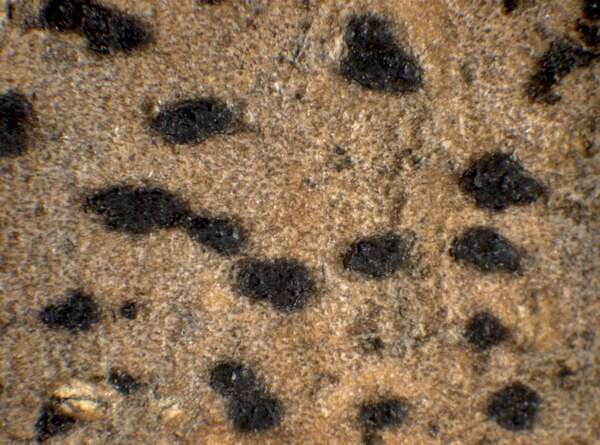

P.L. Nimis; Owner: Department of Life Sciences, University of Trieste
Herbarium: TSB (7158)
2001/11/30
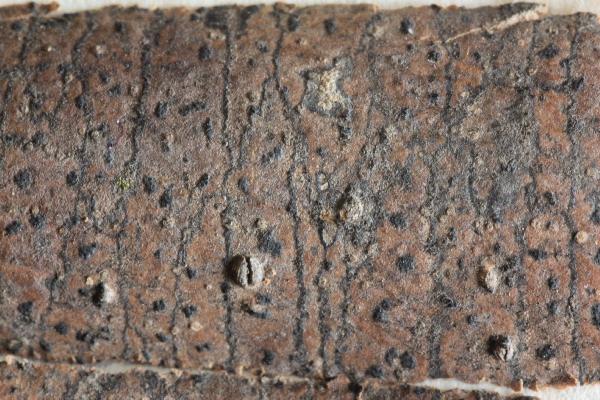
Collezione lichenologica Abramo Massalongo del Museo di Storia Naturale G. Ligabue di Venezia - Autori: Seggi, Linda; Trabucco, Raffaella Proprietà: Fondazione Musei Civici di Venezia - CC BY-NC
Italy, Veneto, in op. Tregnago
as Arthopyrenia arthonioides
Growth form: Fungus
Substrata: bark
Reproductive strategy: mainly sexual
Pioneer species
Commonnes-rarity: (info)
Alpine belt: absent
Subalpine belt: absent
Oromediterranean belt: absent
Montane belt: absent
Submediterranean belt: rather rare
Padanian area: absent
Humid submediterranean belt: rather common
Humid mediterranean belt: rare
Dry mediterranean belt: absent

Predictive model
| Herbarium samples |


P.L. Nimis; Owner: Department of Life Sciences, University of Trieste
Herbarium: TSB (7158)
2001/11/30

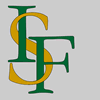 INDEX FUNGORUM
INDEX FUNGORUM
 GBIF
GBIF
 DOLICHENS
DOLICHENS
